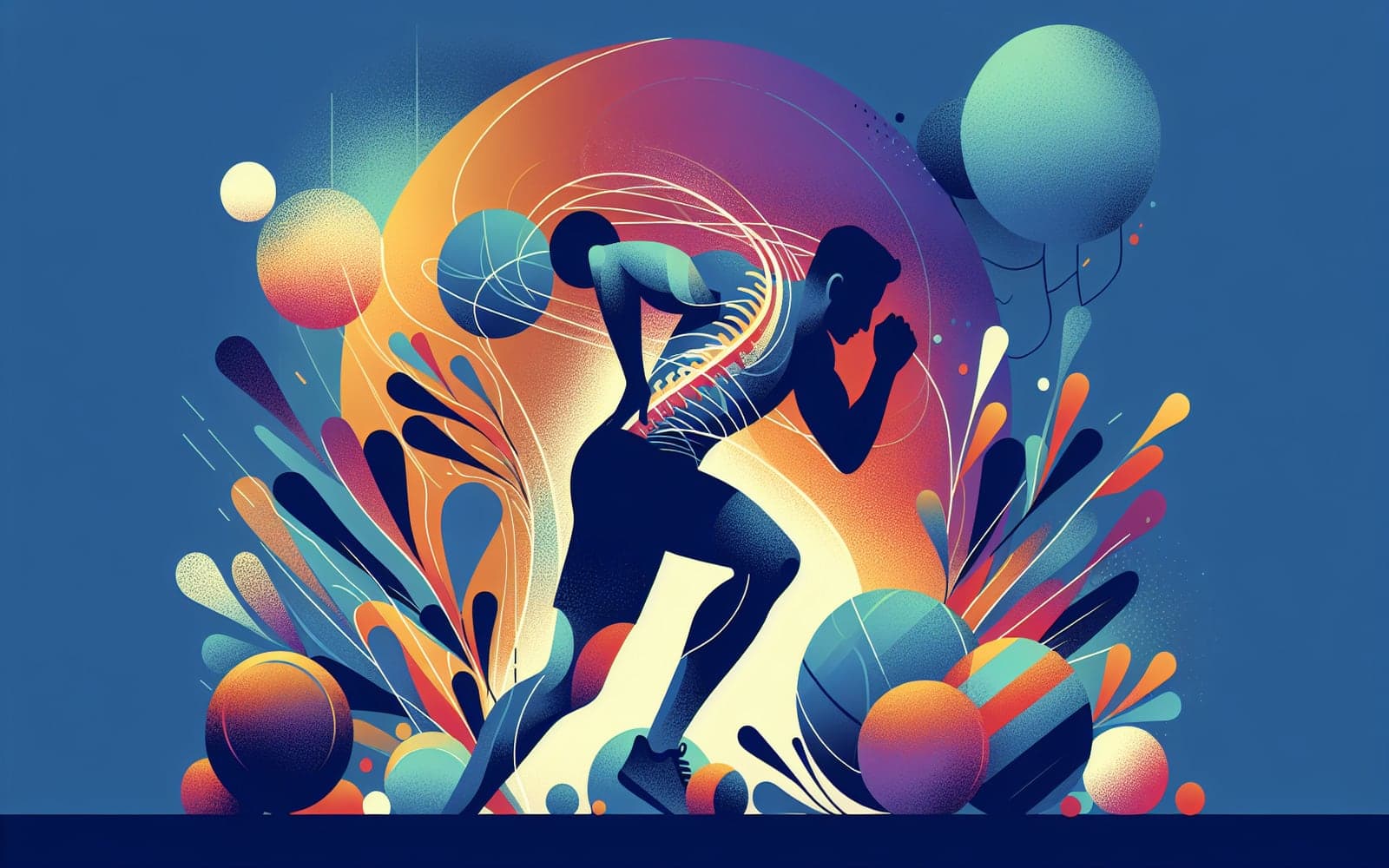Preventing Back Pain in Young Athletes: What Can Be Done?
Preventing Back Pain in Young Athletes: What Can Be Done?
Proactive Measures
Back pain from spondylolysis and spondylolisthesis can be prevented with the right strategies. Learn how to keep young athletes' spines healthy.
Contents
- Strengthening and Conditioning
- Avoiding Overuse
- Monitoring Growth Spurts
Strengthening and Conditioning
Strong core muscles are essential for spinal health. Exercises that strengthen the abdominal and gluteal muscles can help maintain proper posture and support the spine during activities. Regular conditioning reduces the risk of injury by improving flexibility and muscle balance.
Avoiding Overuse
Young athletes should be mindful of their training intensity and volume. Overuse can lead to fatigue fractures in the spine. It's important to include rest days and vary training routines to prevent stress on the same muscle groups and spinal regions.

Monitoring Growth Spurts
During periods of rapid growth, adolescents should be closely monitored for changes in posture and flexibility. Coaches and parents should ensure that training regimens are adjusted to accommodate changes in body mechanics and prevent undue stress on the spine.
FAQs
How can core strength help?
It supports the spine and reduces injury risk.
Why is overuse a concern?
It can lead to stress fractures in the spine.
How should growth spurts be handled?
Adjust training to accommodate changes in body mechanics.
The Bottom Line
Preventive strategies can significantly reduce the risk of spinal injuries in young athletes.
Additional References
- Nadler SF, Malanga GA, Bartoli LA, et al. Hip muscle imbalance and low back pain in athletes: influence of core strengthening. Med Sci Sports Exerc 2002; 34:9.
- Sjölie AN, Ljunggren AE. The significance of high lumbar mobility and low lumbar strength for current and future low back pain in adolescents. Spine (Phila Pa 1976) 2001; 26:2629.
This article has been reviewed for accuracy by one of the licensed medical doctors working for Doctronic.











